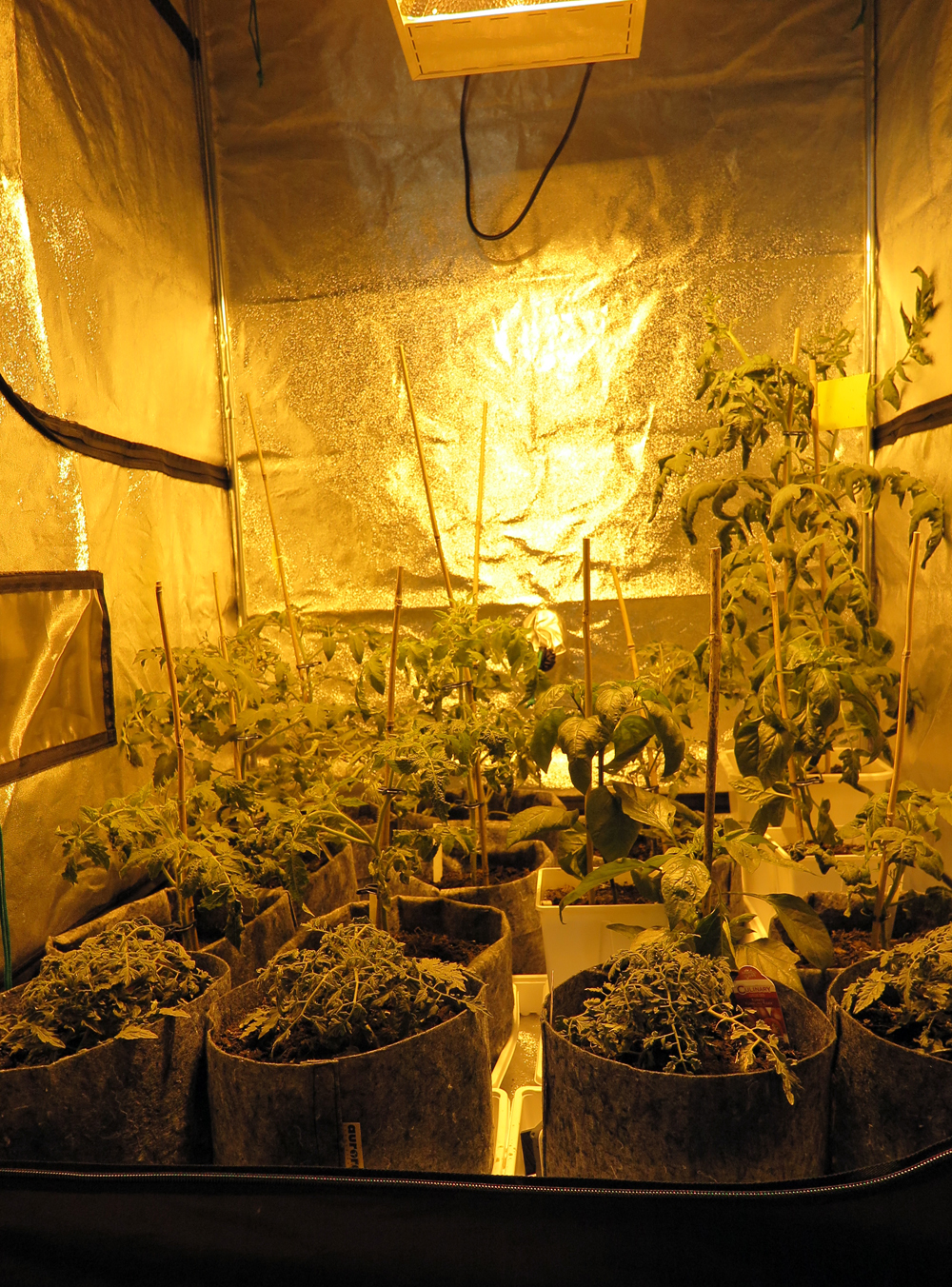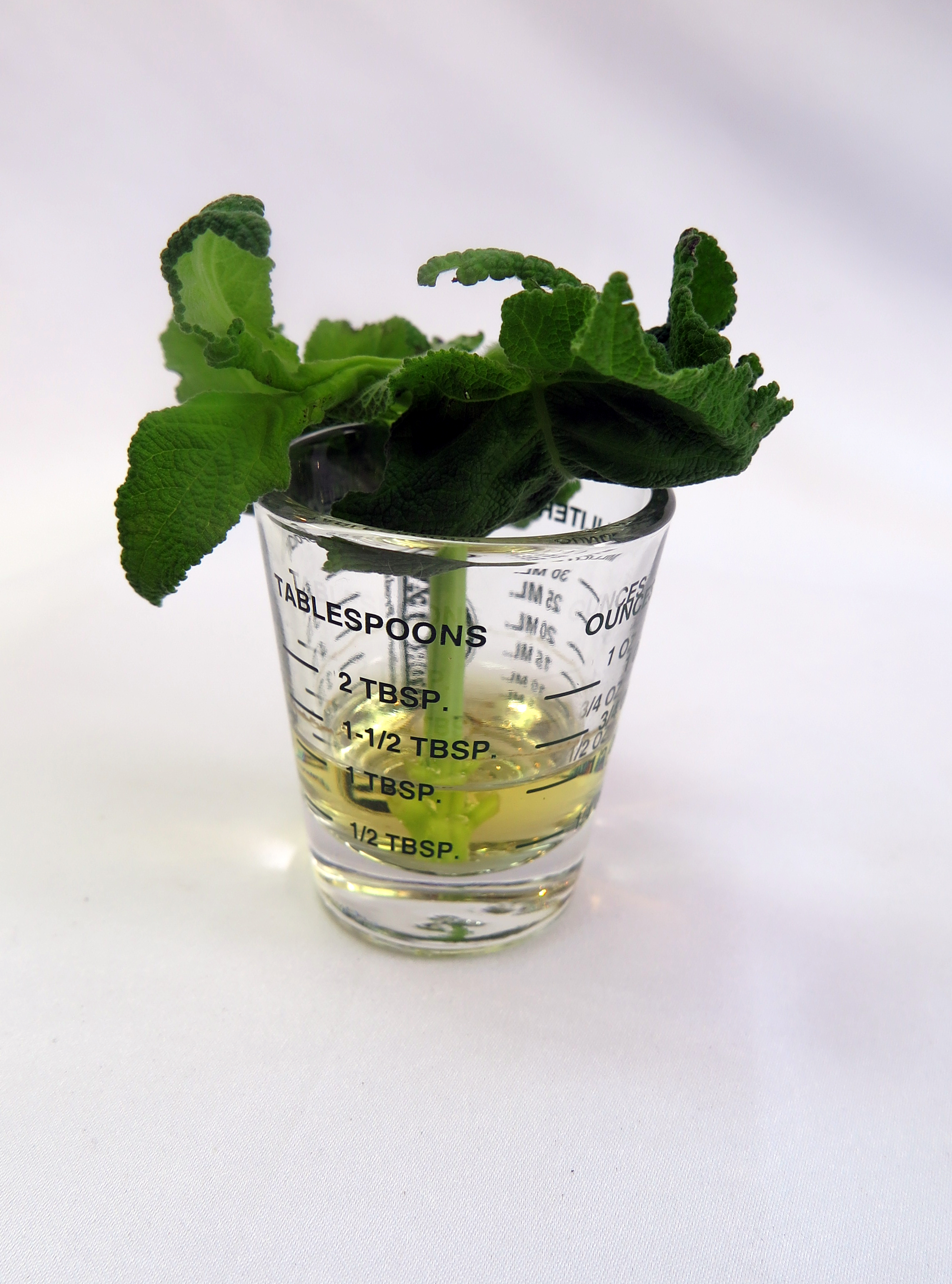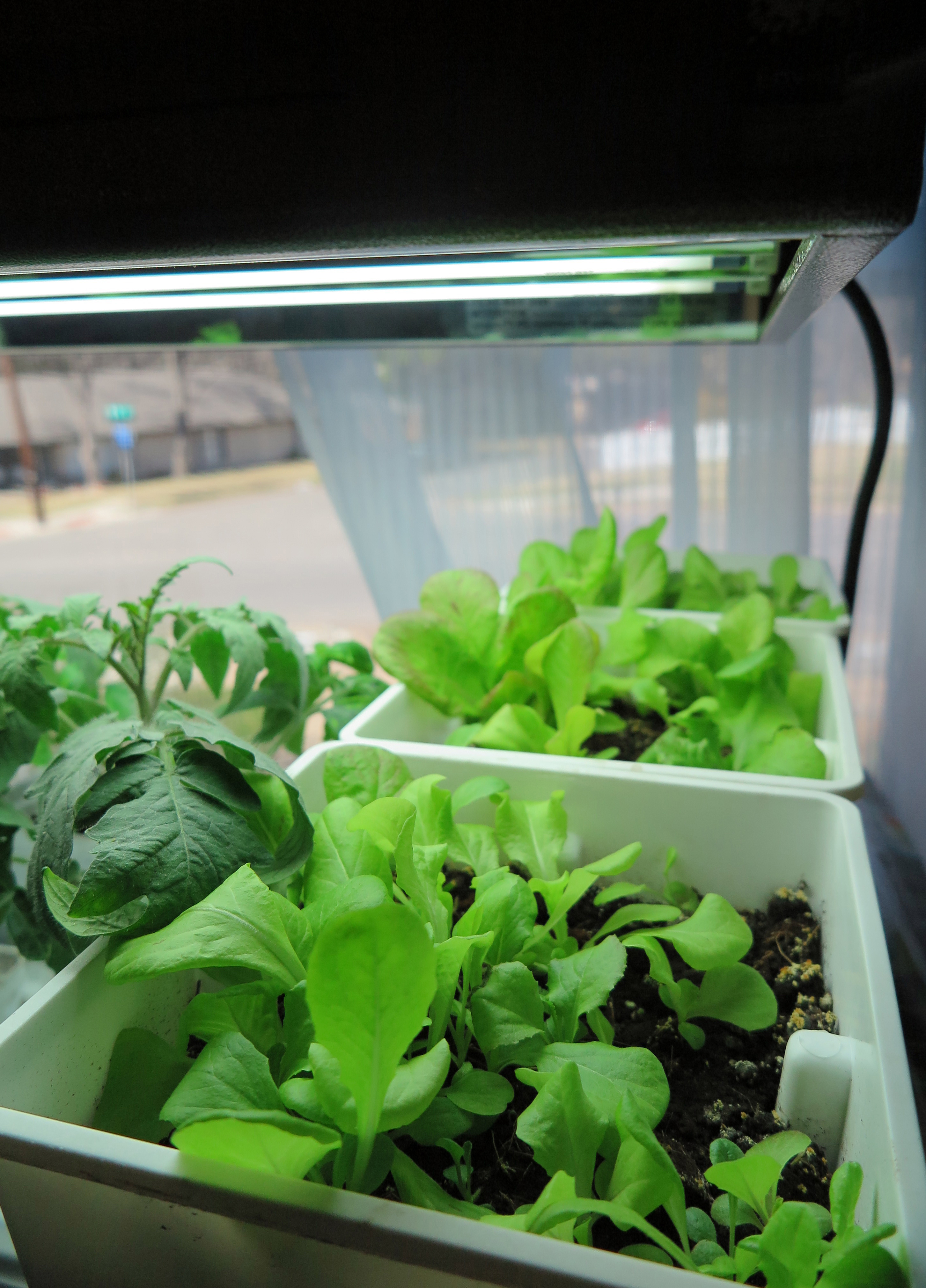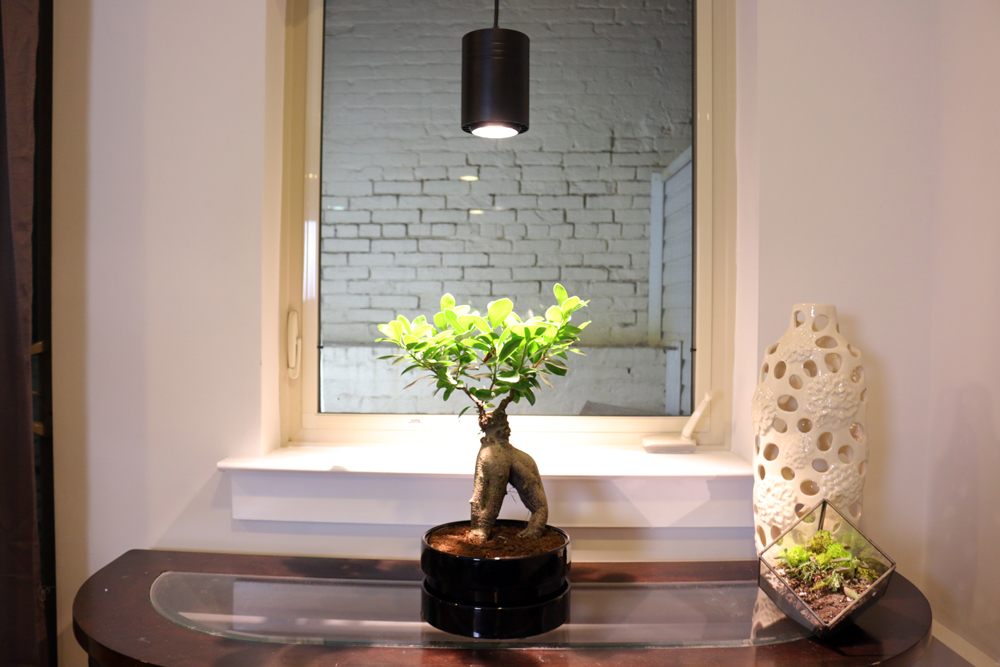Carnivorous Plants Need Bright Light Indoors
December 10, 2018
While you could successfully grow a few species of carnivorous plants in a bright window, most need significantly more light and humidity. In fact, most carnivorous plants grow naturally in full-sun locales, so you must provide intense light indoors for your creature-capturing plants.
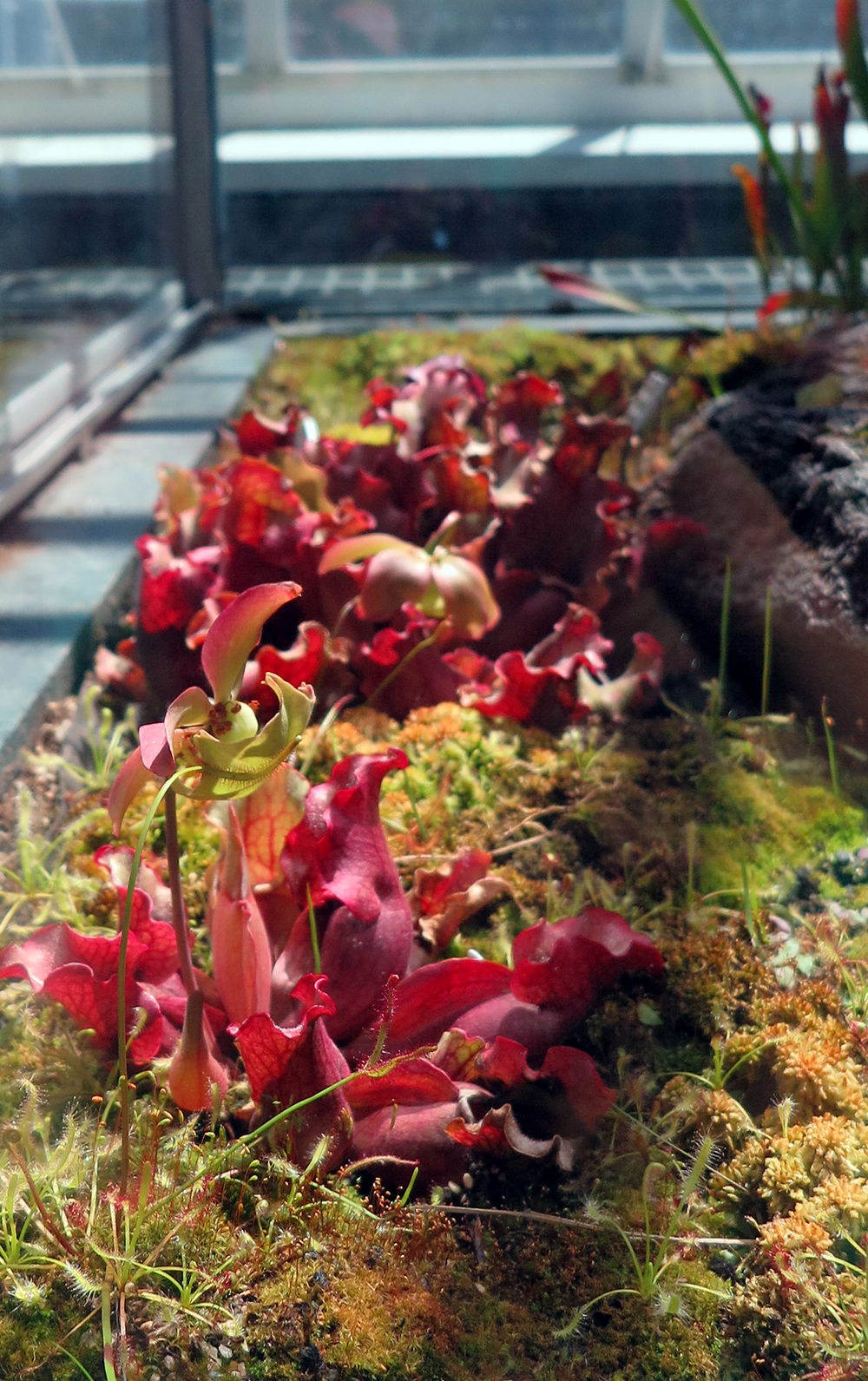
Purple Pitcher plants growing alongside sundews in a glass conservatory.
PC: Leslie F. Halleck
Light your carnivorous plants for 12 to 16 hours per day, depending on your light source and the ambient light available in your living space.
New BOOK! Gardening Under Lights: The Complete Guide for Indoor Growers



